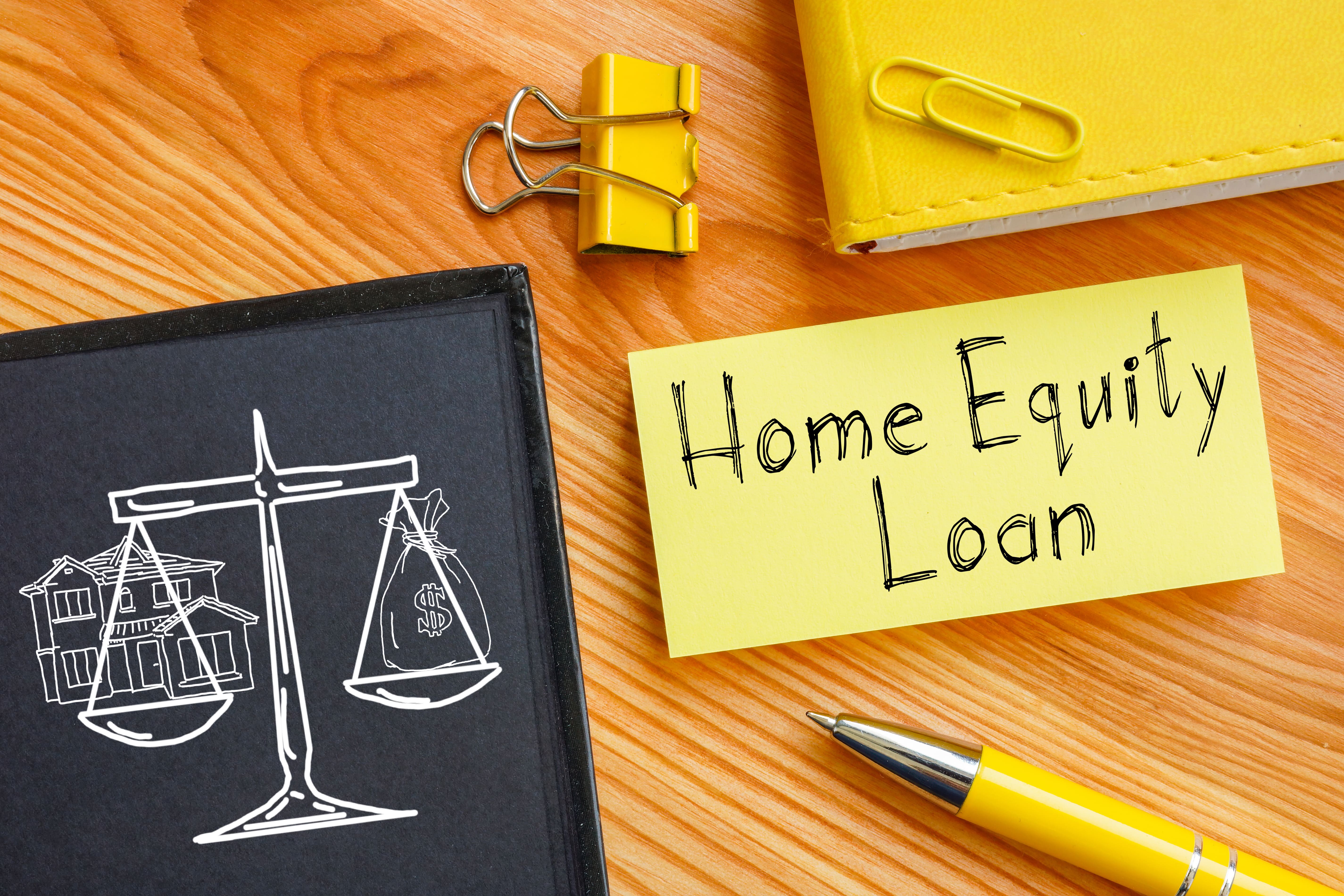What’s the Difference Between a Home Equity Loan and a HELOC?

A home equity loan is a traditional lump sum loan that you can deposit into an existing account with the rest of your money. A Home Equity Line of Credit (HELOC) is essentially its own separate account, and you can spend out of it with a special debit card or checks. The HELOC is capped so you can’t withdraw or spend beyond your approved limit.
Interest for a home equity loan is essentially the same as a fixed-rate mortgage or car loan. Your loan will accrue interest at a set rate over the term of the home equity loan. With a HELOC, you’re only charged interest on money you used/borrowed.
On an interest-only HELOC, there’s a set period during which you can withdraw money against your home equity. During that time, which is known as the “draw period,” you still need to make payments, but you’ll only be paying the interest on the money you’ve borrowed, not the principal of what you have withdrawn.
These types of HELOCs have a specific loan term, like 20 years, and a separate draw term, like 10 years. After the draw period ends, you’ll be responsible for making payments on both the interest and the principal. That’s when a HELOC turns into a “self-amortizing loan” similar to any other mortgage.
You can replenish the HELOC credit you have available by making payments over the course of your draw period.
HELOCs do offer flexibility. For example, consider a situation where a homeowner gets a $20,000 HELOC with the intent to remodel their home’s kitchen. They use $2,000 of their available credit. A few months later they decide it’d be better to sell the home rather than invest all that money into a new kitchen. The homeowner can pay back what they’ve used, and any interest owed on the $2,000, then close out the line of credit.
Home equity loans are more traditional self-amortizing loans. The homeowner would need to pay back the entire $20,000 and any interest they owe up to that point, which will be much higher since the interest is based on the full $20,000 rather than $2,000.
Can You Still Sell Your Home If You Have a Home Equity Loan or a HELOC?
Yes. The lender does have to be paid back out of the proceeds of your home sale at closing. If there’s not enough money left from the sale to cover your home equity loan, you will have to cover the rest of the expense out of pocket.
Do You Have to Use a HELOC to Pay for Home Improvements?
No. You can pull equity out of your home to pay for pretty much anything you need, whether that’s college tuition for a child or to cover costs incurred due to an unexpected family emergency, like an illness. Some borrowers also use HELOCs to consolidate debt.
HELOCs are often significantly more attractive than financing large purchases with credit cards that carry high interest rates. Since the collateral is an asset you own – the equity in your home – the collateral for your loan is your home itself. You can use this large line of credit (minimum of $25,000) like a credit card.
How Much Equity Do I Need to Have in My Home to Qualify for a HELOC?
Homeowners can usually get HELOCs for up to 85 percent of their home equity. You can calculate your equity by subtracting the remaining balance of your mortgage from your home’s current valuation. The portion of your home’s value that you own outright is your equity.
Since our minimum HELOC amount is $25,000, the minimum amount of equity you need is around $30,000. You will need to have a home appraisal performed to ascertain the fair market value of your property.
Unlike many other lenders, OnPath FCU provides free appraisals to members who are seeking a home equity line of credit.
Should You Get a Home Equity Loan or a Home Equity Line of Credit?
Every homeowner’s situation is different. If you’d like to learn about your options, consider contacting the mortgage and HELOC loan specialists at OnPath Federal Credit Union. Call us today at 800-749-6193 to learn more.